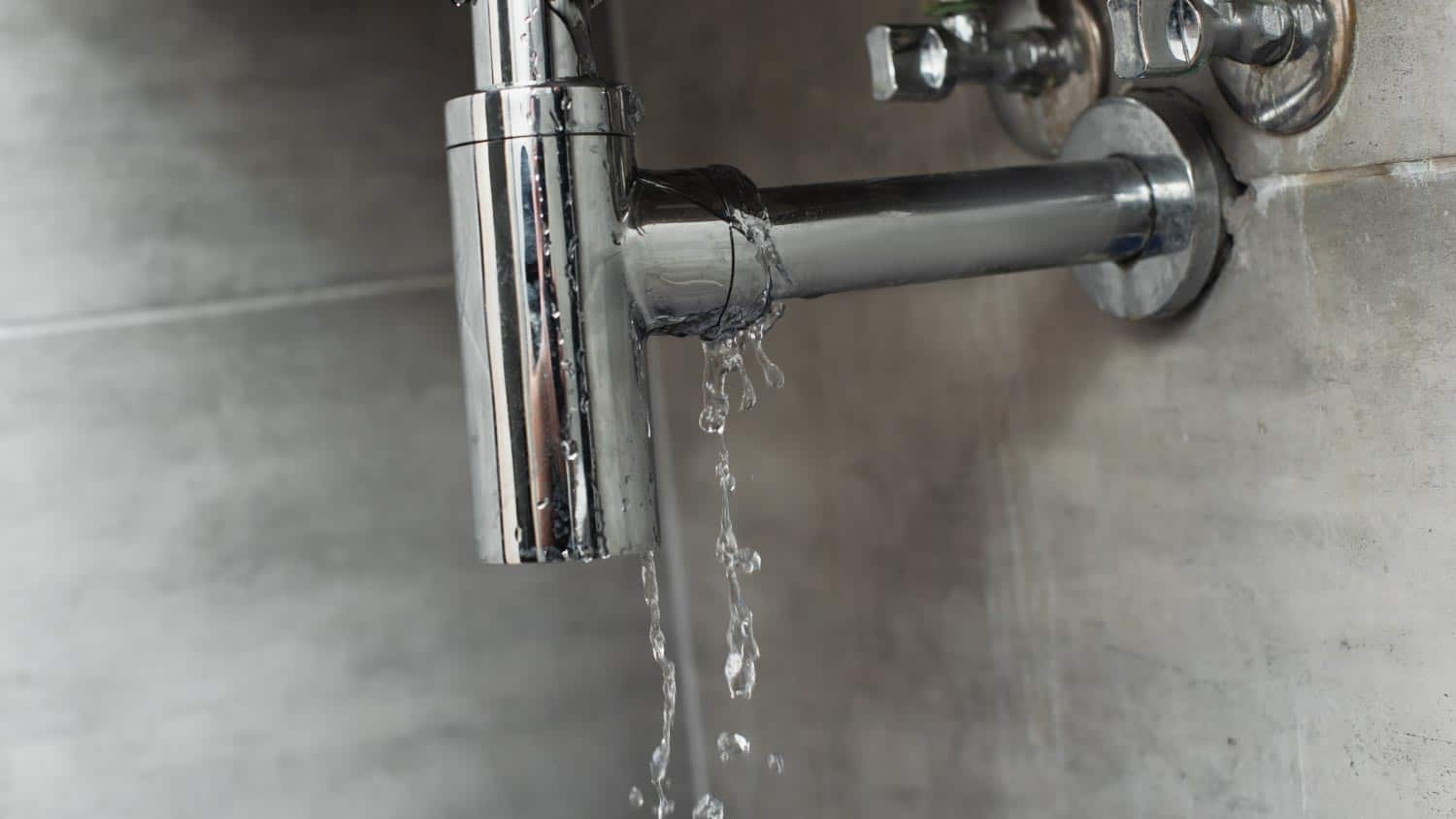Guide To Water Leakage Detection At Home
This ResourceWhat are your insights and beliefs about Finding hidden leaks?

Early detection of dripping water lines can reduce a potential catastrophe. Some tiny water leakages may not be noticeable.
1. Examine the Water Meter
Every residence has a water meter. Examining it is a surefire manner in which helps you find leakages. For starters, shut off all the water sources. Make sure no person will purge, utilize the tap, shower, run the cleaning equipment or dishwasher. From there, most likely to the meter and watch if it will alter. Because no one is using it, there must be no movements. That indicates a fast-moving leakage if it relocates. Also, if you find no changes, wait an hour or two and also check back once more. This suggests you may have a sluggish leak that might also be underground.
2. Check Water Intake
If you find sudden changes, in spite of your consumption being the exact same, it indicates that you have leaks in your plumbing system. A sudden spike in your costs suggests a fast-moving leak.
A constant rise every month, also with the same practices, shows you have a slow leak that's also slowly escalating. Call a plumber to extensively examine your residential or commercial property, particularly if you feel a warm location on your floor with piping underneath.
3. Do a Food Coloring Examination
30% comes from toilets when it comes to water intake. Examination to see if they are running correctly. Decline flecks of food color in the storage tank and also wait 10 mins. If the shade somehow infiltrates your dish during that time without flushing, there's a leak in between the tank and dish.
4. Asses Exterior Lines
Do not neglect to inspect your outdoor water lines also. Must water seep out of the link, you have a loose rubber gasket. One little leak can throw away heaps of water and increase your water bill.
5. Evaluate and Examine the Situation
Homeowners must make it a behavior to check under the sink counters as well as also inside closets for any bad odor or mold development. These 2 red flags indicate a leak so timely interest is called for. Doing routine inspections, even bi-annually, can save you from a significant issue.
Examine for discolorations and also compromising as the majority of appliances and also pipes have a life span. If you believe leaking water lines in your plumbing system, don't wait for it to intensify.
Early discovery of dripping water lines can mitigate a prospective calamity. Some little water leakages may not be visible. Inspecting it is a guaranteed means that helps you discover leaks. One tiny leak can squander heaps of water and also increase your water costs.
If you believe dripping water lines in your plumbing system, do not wait for it to rise.
How to Know If Your Home Has a Hidden Leak
Water Meter Reveals Inexplicable Water Usage
If you’d like to test whether or not there’s a leak somewhere in your home, you can do this using your water meter. Here is how to conduct the test:
Don’t use any water in your home for at least 30 minutes; this also means not turning on faucets or water-using appliances.
Go outside, and check your water meter for activity.
If your water meter shows that there was activity, even though no one was using any water, this proves that there is a leak in your home.Visible Mold or Mildew Growth
Leaks behind walls create moist, dark environments that allow mold and mildew to grow and thrive. Eventually, you might see mold growth forming on the wall closest to a hidden leak.
If mold is growing in an area that receives a high amount of moisture, such as a bathroom, it may simply be an indication that better ventilation is needed. However, if you see mold growth on a wall or the ceiling in an area where you would not expect, you probably have a hidden leak.
Musty, Mildew Odor
Sometimes you might not be able to see the mold or mildew that is growing as a result of a leak. However, the smell can give the problem away just as easily. If you catch a whiff of something musty, there’s a good chance that old water is collecting somewhere in your home that you can’t see.
Stained/Warped Walls, Ceilings, or Floors
When your home soaks up water, a variety of red flags can become visible, including ceiling stains, bubbling drywall, warped walls, and sagging floors. While these issues can be caused by excess humidity, they can also be signs that a pipe or plumbing connection has started leaking behind your walls.
Inexplicably High Water Bill
After a while, you get a general sense for what your water bill should be. If you own a pool or sprinkler system, your bill will tend to be higher during summer. However, if you receive a water bill that seems especially high, and you can’t figure out what caused it, then you may have a hidden leak somewhere that’s increasing your bill.
https://www.plumbingjoint.com/blog/2019/july/how-to-know-if-your-home-has-a-hidden-leak/

We had been made aware of that editorial about Top leak detection hacks through a good friend on a different web address. Loved our post? Please share it. Help somebody else discover it. Kudos for your time. Don't forget to stop by our site back soon.